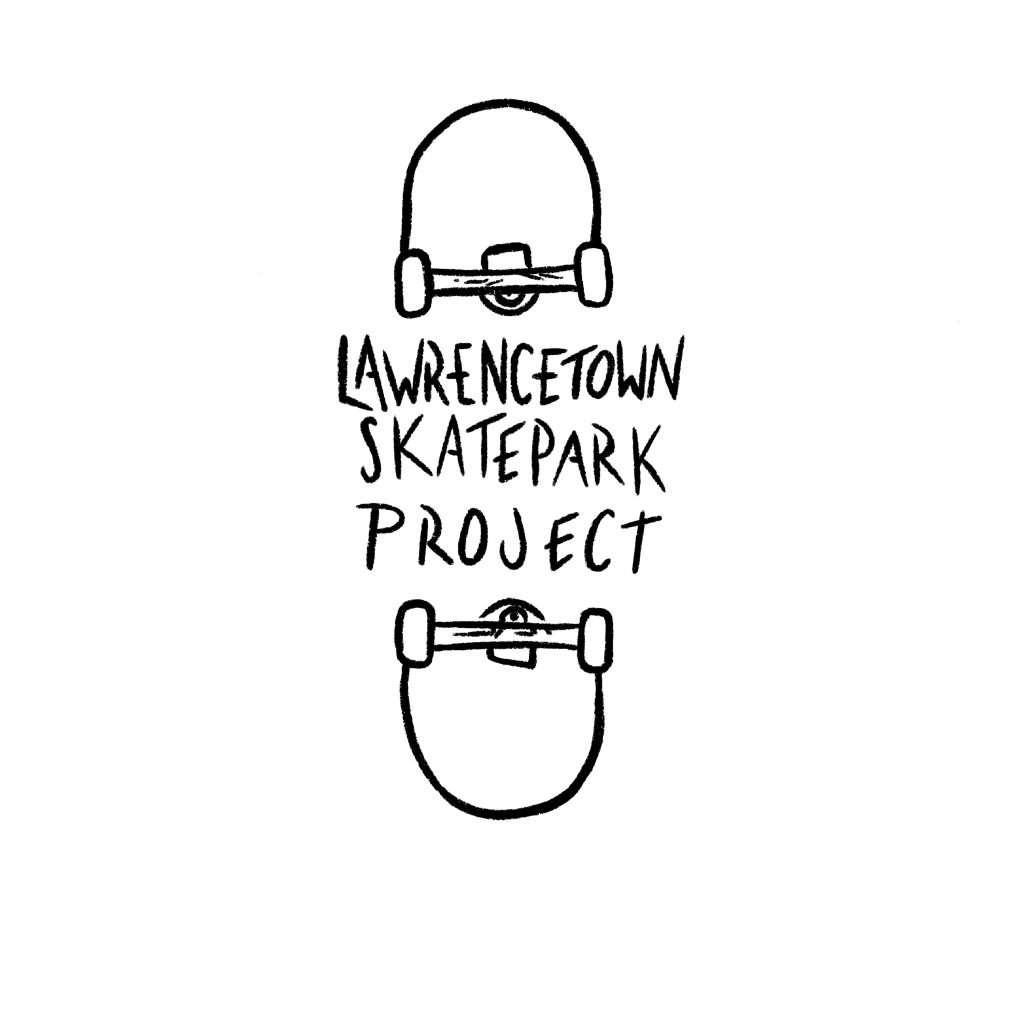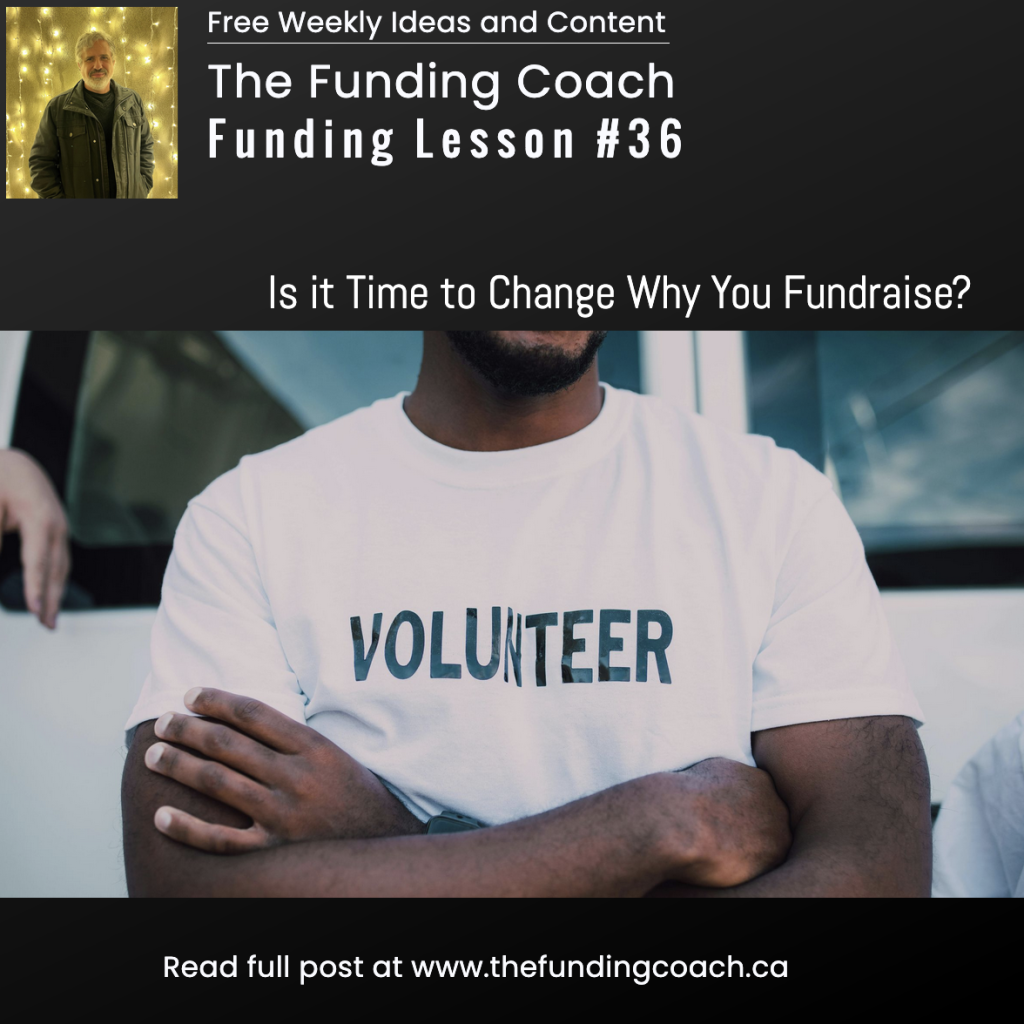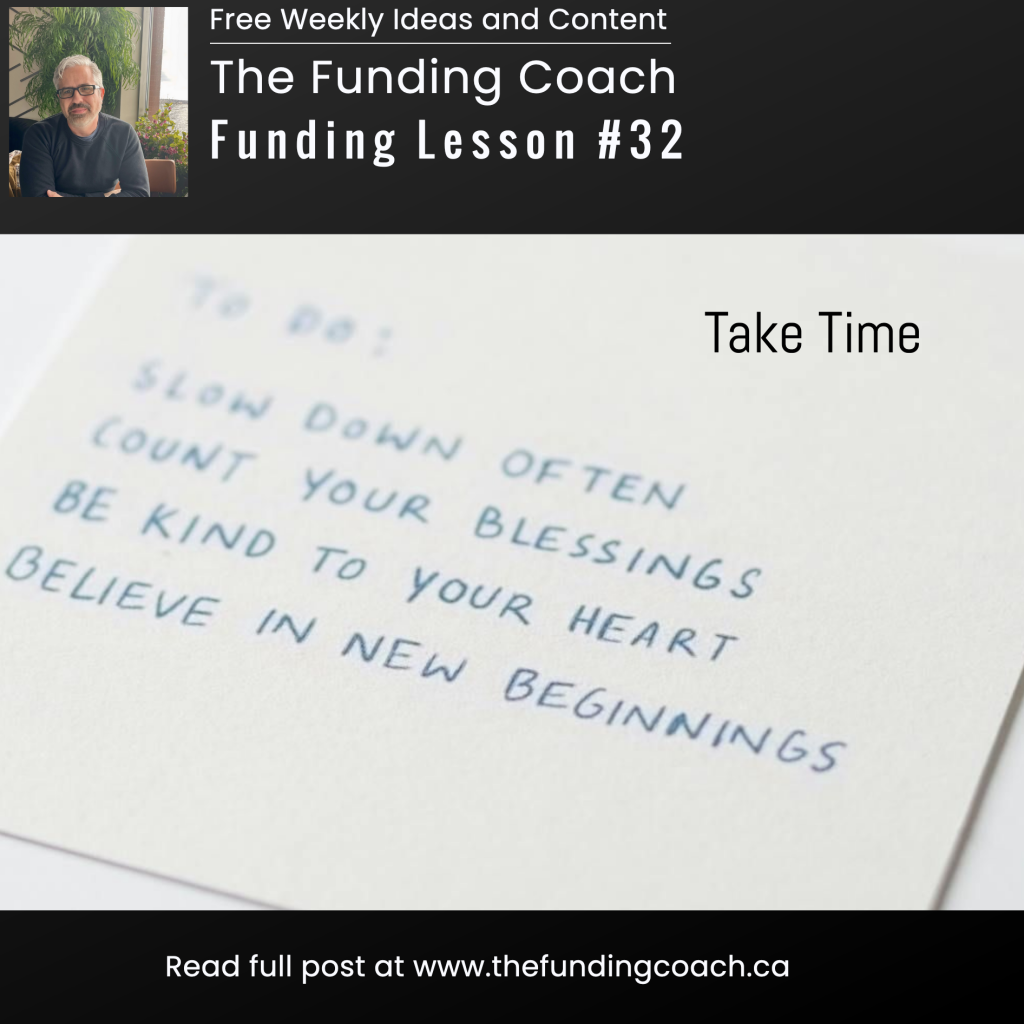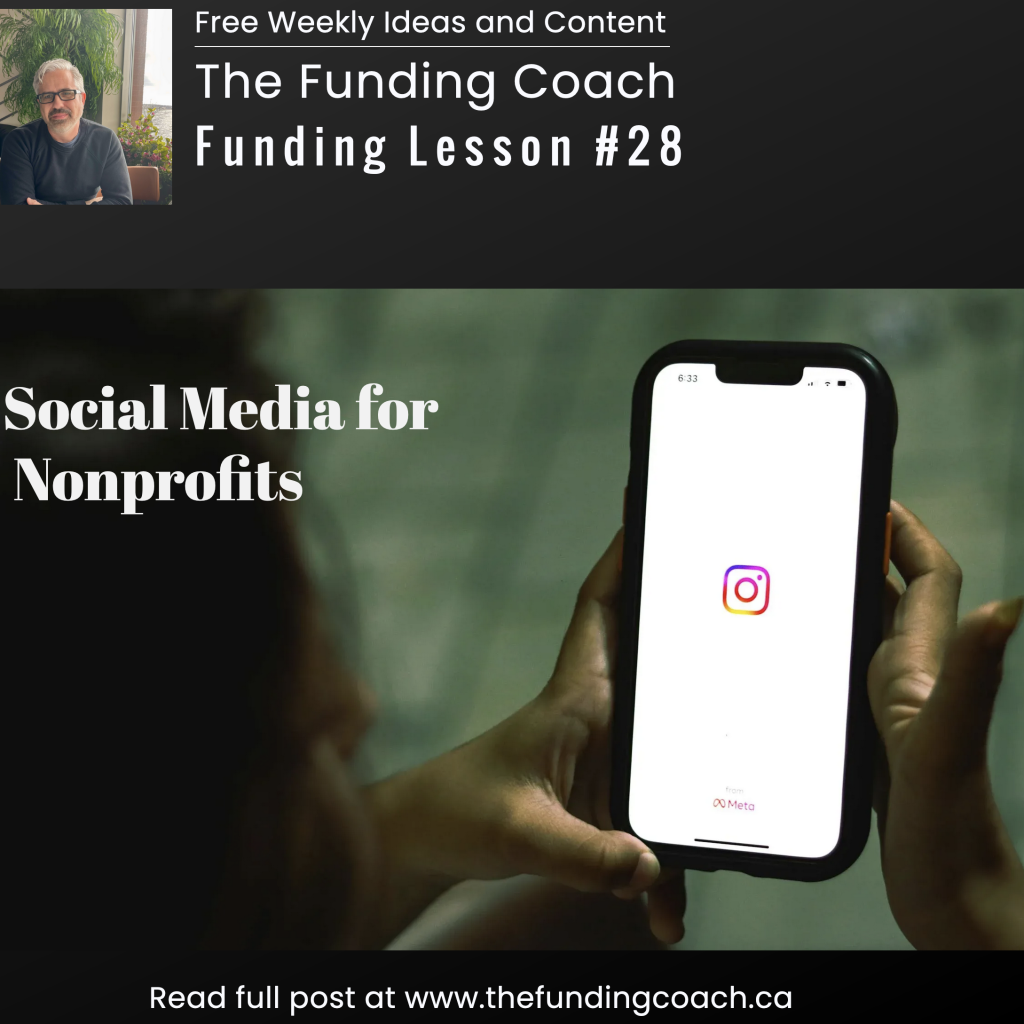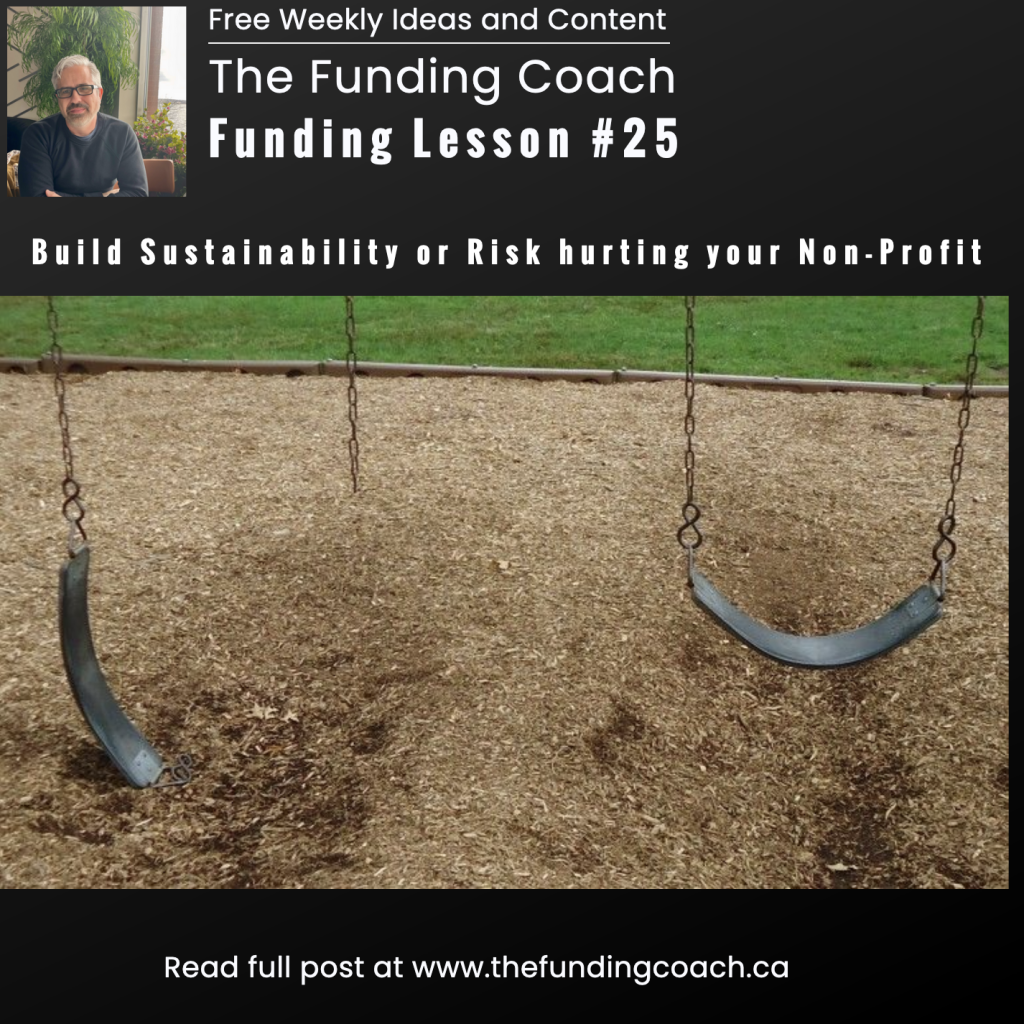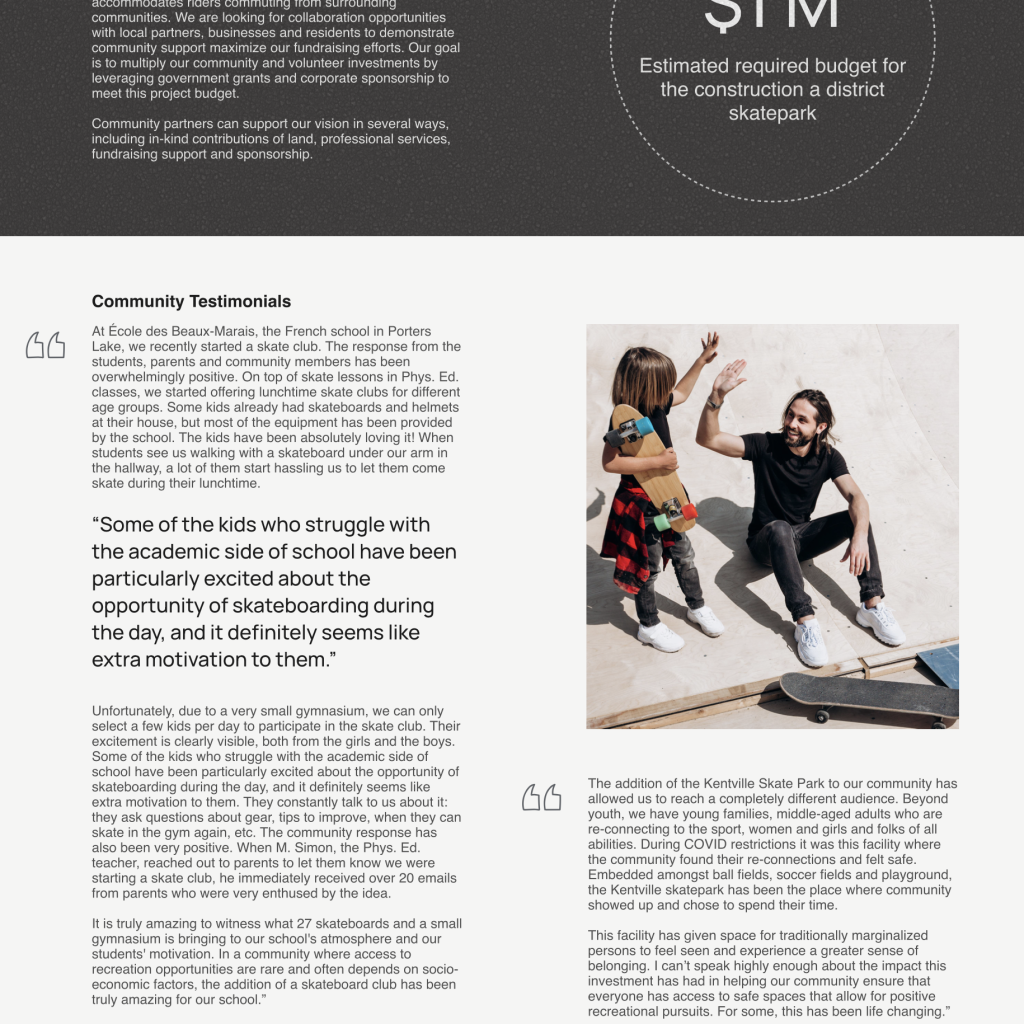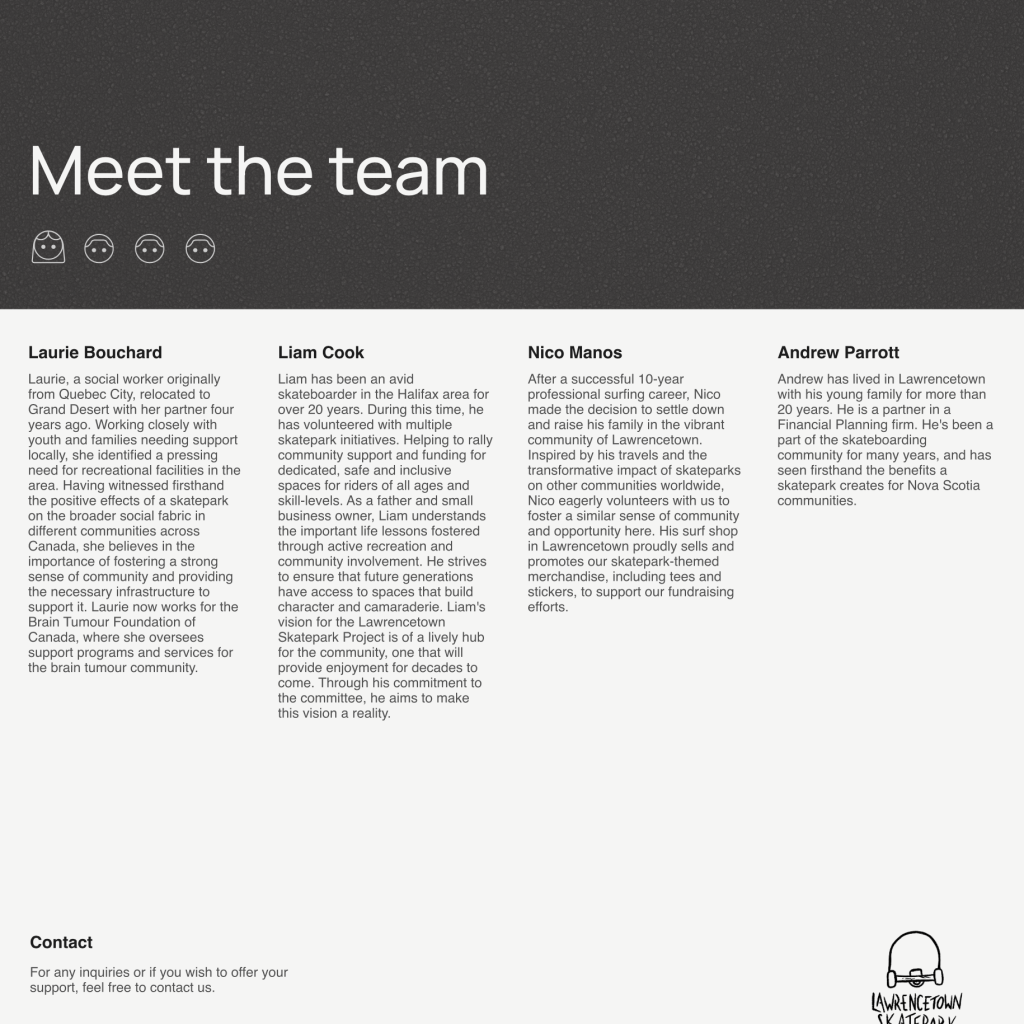I’ve had a ton of hobbies and interests over the years, but the one that’s stuck with me for the last 37 years is skateboarding.
Now, skateboarding isn’t exactly known as a “lifelong sport.” It comes with its fair share of danger, slams, and pain. Yes, the recovery definitely gets harder with age. But it’s given me so much: lifelong friends, a supportive community, and the chance to travel and experience the world in a unique way.

One of the biggest lessons skateboarding taught me?
You will fall. You will fail. But you get back up. Every single time, or try to. Turns out, that same lesson applies to fundraising.
You’ll get told no. You’ll spend hours (and hours) on grant applications that don’t pan out. You’ll put on events that just… flop, or lose money. But if you keep pushing, learning, and trying again , it does pays off.
Over the past decades, I’ve had the chance to help with all kinds of projects, especially ones focused on creating fun, active spaces for kids, youth, and families. One of the best parts of that journey of me, has been being involved in nine different skatepark projects.
Projects like these can cost hundreds of thousands of dollars. And understandably, a lot of communities get discouraged when they hear those numbers. It’s easy to think, “We could never raise that much.”

But here’s the thing: You don’t have to do it alone. That’s where a funding coach comes in. I help communities, nonprofits, and groups build a funding plan that can actually work, with less overwhelm, wasted time, and effort. Together we can figure out where to start, how to find the right grants, boost your donation streams, and build a team to make your vision happen.
If you’ve ever thought: Where do we even begin? Does anyone even fund this kind of thing? Is this just even possible?
Let’s talk.
Dave, thefundingcoach.ca
Here is what one community group had to say.
‘Dave Sawler has been a tremendous resource to the Lawrencetown Skatepark Project. His guidance has helped our team present our goals and fundraising objectives to the various stakeholders, community groups, and levels of government connected to our project. We are glad to have him on our team.’ Andrew Parrott
